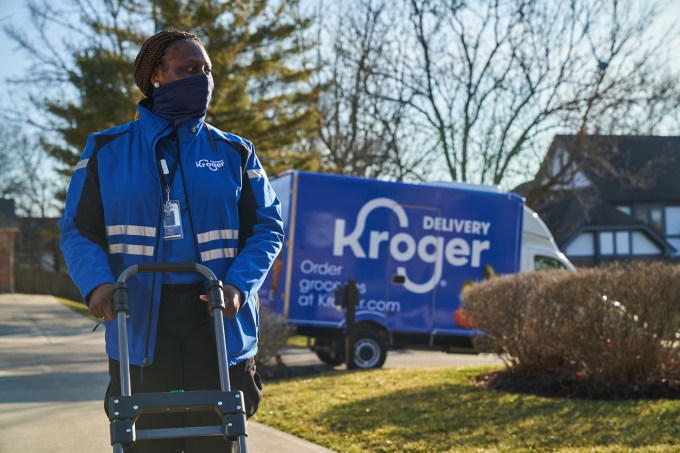News: Beat the deadline: Apply to compete in Startup Battlefield at TC Disrupt 2021
Startup Battlefield — the matriarch of all pitch competitions — is the stuff of tech legend. Heck, it even played a role in the HBO show, “Silicon Valley,” and its influence touches early-stage startups around the globe. Under no circumstance will you find a bigger, better platform for launching your startup to the world. Battlefield
Startup Battlefield — the matriarch of all pitch competitions — is the stuff of tech legend. Heck, it even played a role in the HBO show, “Silicon Valley,” and its influence touches early-stage startups around the globe. Under no circumstance will you find a bigger, better platform for launching your startup to the world.
Battlefield has a long history of producing notable names. Need an example? A little startup by the name of Dropbox competed in the Battlefield at TC50 (the precursor to Disrupt) way back in 2008.
TechCrunch is on the hunt for innovative, game-changing startups to take the Startup Battlefield challenge and wrangle with the best-of-the-best at TC Disrupt 2021 in September. Are you game?
Apply to compete in Startup Battlefield before the deadline closes on May 13 11:59 pm (PT).
The stakes: A shot at $100,000 in equity-free prize money. Major exposure for all competing startups — think investors eager to find and fund the next big thing, journalists in search of exciting, game-changing startups to cover and potential customers and partners who can help take your business to new levels of success.
The investment: Your time. Yup, that’s it. Appyling to and participating in Startup Battlefield is 100 percent free. No fees, no equity cut. You simply invest your time — all participating founders receive several weeks of training with the Startup Battlefield team. Your demo and presentation will be, well, pitch perfect when you deliver it to panels of top VC judges. And you’ll be thoroughly prepped to handle the Q&A that follows.
The perks: In addition to the massive interest from just about all Disrupt attendees, competing startups get exhibition space in the Startup Alley expo area, free passes to future TechCrunch events, a free membership to Extra Crunch and invitations to private events like the Startup Battlefield reception.
You’ll meet members of the Startup Battlefield alumni community — we’re talking about 922 companies (like Vurb, Mint, Yammer and, yes, Dropbox) that have collectively raised $9.5 billion and produced 117 exits. Once Disrupt ends, you’re part of this phenomenal community — just imagine the networking possibilities.
The details: Read more about how Startup Battlefield works.
TC Disrupt 2021 takes place September 21-23. If you’ve got an innovative, game-changing startup, apply to compete in Startup Battlefield. Make sure you submit your completed application before the deadline expires on May 13 11:59 pm (PT).
Is your company interested in sponsoring or exhibiting at Disrupt 2021? Contact our sponsorship sales team by filling out this form.




